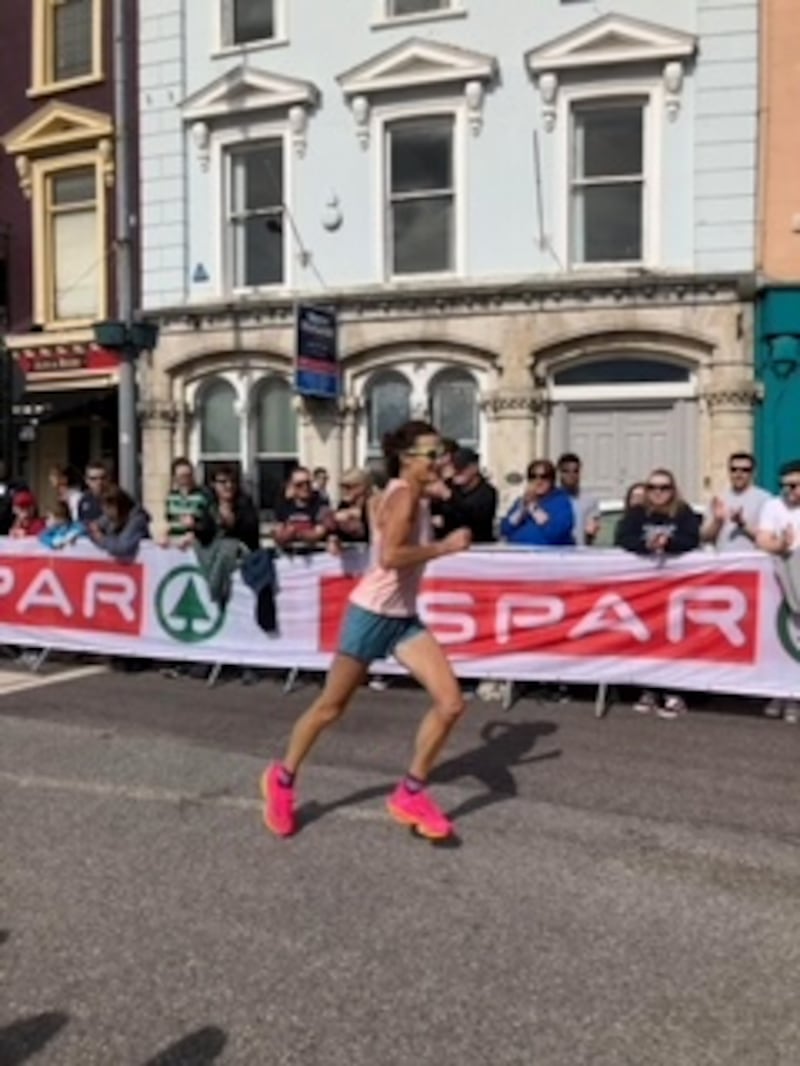In my early running days around Cobh, one of the iconic races in Cork wasn’t on the track or cross-country.
It was the Ballycotton ‘10′, the annual 10-mile road race which early each March started and finished in the small east Cork coastal village.
It took in the twisting back roads of the area and produced some of the fastest times ever run in this country. Even by today’s standards of the super-shoes.
In some ways Ballycotton was ahead of its time, starting out as a local five-mile race in 1977, with the first 10-mile the following year, before soon attracting some of the best national and international runners.
World Cup 2026 European qualifiers draw: All you need to know about Ireland’s potential group
Irish rugby is a good place to be, thanks to people such as Dave Fagan
No game illustrated the widening gulf between Europe’s elite and the rest than Toulouse’s mauling of Ulster
Provinces gear up for more European action as rugby pays tribute to Dave Fagan
It became one of those ‘must-do’ runs, the top-10 list of times all under 48 minutes, the list of winners including Jerry Kiernan, Neil Cusack and Noel Berkeley, who actually won it six times, between 1996 and 2002, earning the title the King of Ballycotton. That’s the esteem in which the race was held.
The course records were set by British runners Gary Staines and Marian Sutton, who both travelled over especially for the race, Staines running 47 minutes exactly in 1997.
It was a race many aimed to do at least once in their running career as the word spread wide and far well beyond the small village. So it became much bigger than just the race, it was a reason to visit the place as well.
You look back at Ballycotton and you realise it was one of the foundations of Irish athletics around that time, the big runners going down, some of the people I looked up to, from the covers of the Irish Runner and Marathon magazines.
So, for me, Ballycotton was definitely one of the races you wanted to run. Because it was early March the timing wasn’t great for me, but I was delighted when I did win in 2001, when it was staged in the June, because of the foot-and-mouth of that spring.
By 2017 it had effectively outgrown itself, with over 3,000 entries, in the same small village, so the organisers decided to end it that year. It was a big commitment, mostly all voluntary.
These are the big running shoes we are trying to fill with the Cobh-10 Mile, which I’ve put my name behind.
Blessed with a bright sunny morning in Cobh last Sunday, the fourth running of the race (after going virtual in 2020 and 2021) went perfectly smooth, with just over 1,000 entries, close to 800 crossing the finish line.
Just like Ballycotton, the Cobh-10 is not the pancake flat course preferred by those chasing times, but is growing into an event that has added attractions. There are a few notable uphill sections and welcome downhills after one of my favourite roads that I refer to as the roller-coaster, which I used to run on a Wednesday afternoon when we had a half day from school.
This was the perfect road for a hilly fartlek after navigating the two hills to Ballymore along the way.

Part of the deal is I try to run myself, although I was a little worried the week before, and even during the run was thinking this would be the last. Then when you come into the finish you forget all that, and look forward to next year already, and being better prepared again.
I could feel the mind and muscle memory kick as we crested the hill past Ballymore Church and graveyard where the traditional musicians were playing some tunes as we rolled along the old road bowling road.
From there we were flying down the aptly named Bird’s Hill on the approach to the Tay Road, possibly where tea was taken back in the day when workers were walking home from a day’s work.
Part of the aim is to get to that iconic level of Ballycotton. There are so many different road races around these days that it’s hard to become that iconic style of event. It also feels like everyone has a race on their doorstep, almost every weekend, doesn’t feel any need to travel.
Since the 1980s and ‘90s I think the depth has dropped off quite a bit. It would be useful I think to start putting these races into categories, or hierarchy, like what they did with the marathon majors, and the World Athletics road race categories of gold, silver and bronze. So it becomes a championship like that, where you can aim for the big races, rather than them all just feeling the same.
For the bigger races it will also be more important to attract the top Irish runners.
In Cobh this year it was the first time we had two proper races at the front, for men and women. It wasn’t just one person out there trying to chase a time. Aoife Cooke and Michelle Finn were battling out in the women. Michelle had won here before, set the first course record back in 2018.
Once Aoife got a bit of a gap, in the last three miles or so, she held on, strength in the latter stages now preparing for the Rotterdam marathon coming up next weekend. Still there was only 17 seconds in it, Aoife winning in 54:50.
Same with the men, Jake O’Regan and Mick Clohisey were close for a long time, before Jake won in 50:47, Mick second in 51.10.
Ballycotton would always get some media coverage, certainly results and a picture in the Examiner. That seems to have gone too. It actually amazes me how much coverage local or club GAA gets, when we have Olympic athletes running down the road that can easily go unnoticed outside social media channels.
There are lot of things in our favour to help the race grow. Cobh is much bigger than Ballycotton, there’s lots of places to stay and to eat, to make a weekend of it. We’re happy to keep it just over 1,000 for the next year or so, and just work on keep improving it.
For the first time this year it also felt like the big runners want to be here. That’s something we’re aspiring towards, make it iconic, have all the reasons why. Like Ballycotton, it’s the local club behind it, it is a lot of work; but then as soon as the race is over, everyone is looking forward to planning for next year already.
It could be something for Athletics Ireland to engage with as well, promote these races in some sort of hierarchal way.
The big thing for us now is to create a race that everybody wants to come to, to have people come back, and make it that sort of established and iconic race that Ballycotton once was.






